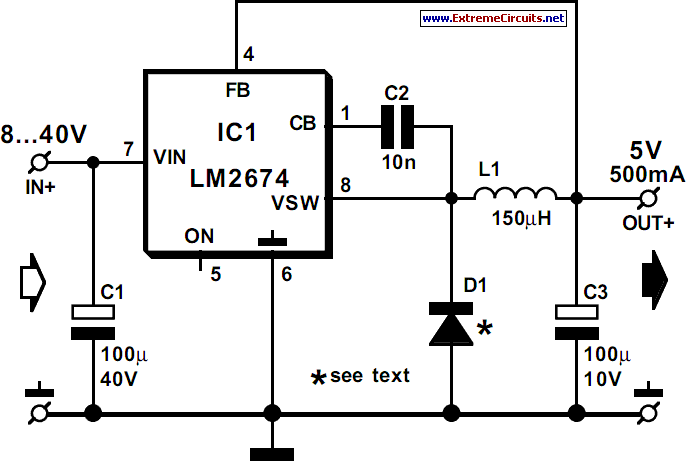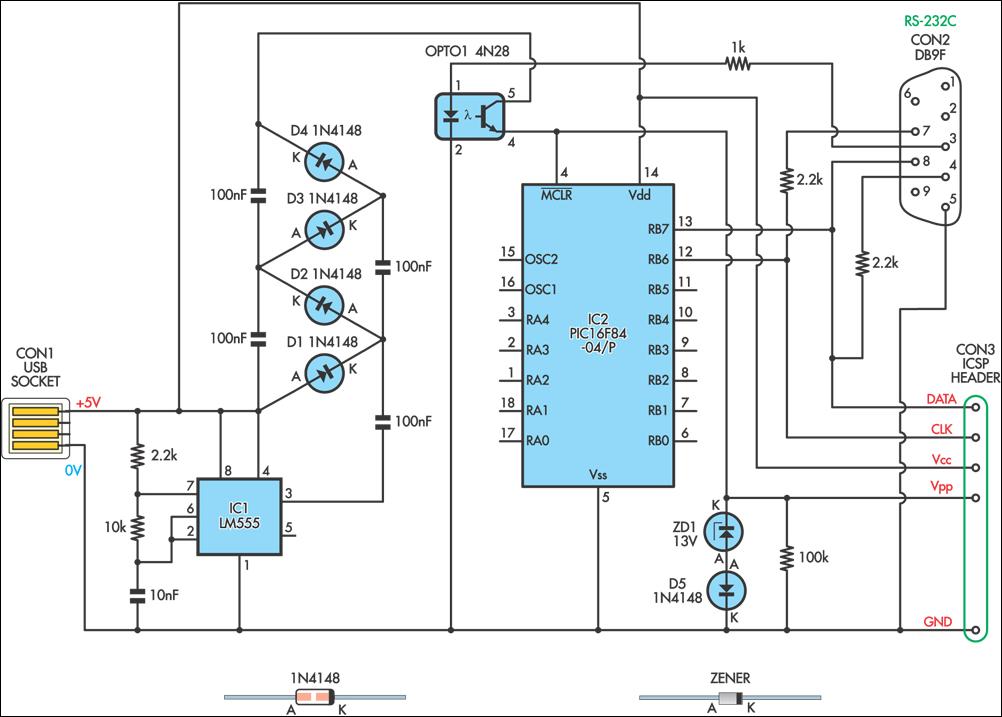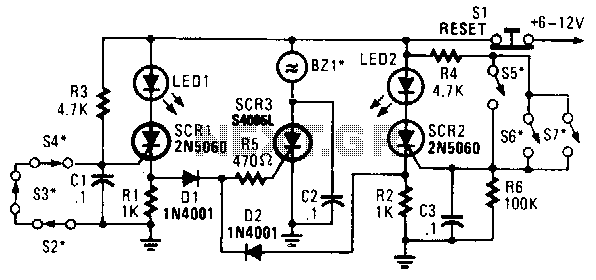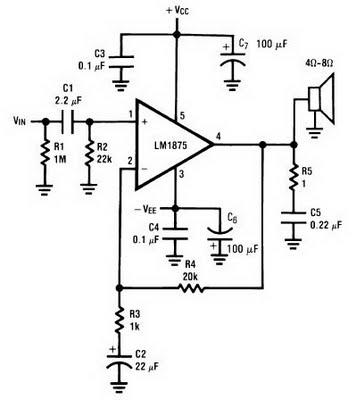
5 volt1 5a switching power supply based tny264p

5 Volt/1.5A Switching Power Supply based on the TNY264P power supply. Refer to the designated page for an explanation of the related circuit diagram.
The 5 Volt, 1.5A switching power supply utilizing the TNY264P is a compact and efficient power conversion solution. The TNY264P is a highly integrated power IC designed for low-power applications, featuring a built-in high-voltage MOSFET, which simplifies the design and reduces the number of external components required.
The primary function of this power supply is to convert a higher AC voltage input (typically from the mains supply) into a stable 5V DC output, capable of delivering up to 1.5A. The operation is based on the principles of switching regulation, which allows for higher efficiency than linear regulators, especially at higher output currents.
The circuit typically includes the following components:
1. **Input Capacitor (C1)**: This capacitor filters the incoming AC voltage and provides a smooth DC voltage to the switching regulator.
2. **Transformer (T1)**: The TNY264P operates in a flyback topology, where the transformer not only provides isolation but also steps down the voltage to the required level. The transformer is designed to handle the switching frequency of the TNY264P, which is typically around 100 kHz.
3. **Output Capacitor (C2)**: This capacitor is responsible for smoothing the output voltage and providing a stable DC output to the load. It helps to reduce voltage ripple.
4. **Feedback Circuit**: A feedback mechanism is implemented, often using an optocoupler, to maintain regulation of the output voltage by adjusting the duty cycle of the switching transistor within the TNY264P.
5. **Protection Features**: The design may include various protection features such as overvoltage protection, overcurrent protection, and thermal shutdown. These features ensure the reliability and safety of the power supply.
Overall, the TNY264P-based power supply is characterized by its compact size, high efficiency, and minimal component count, making it suitable for a wide range of applications, including consumer electronics, industrial equipment, and other low-power devices. Proper thermal management and PCB layout design are critical for optimal performance and reliability.5 Volt/1. 5A Switching Power Supply based TNY264P power supply. Go to that page to read the explanation about above power supply related circuit diagram. 🔗 External reference
The 5 Volt, 1.5A switching power supply utilizing the TNY264P is a compact and efficient power conversion solution. The TNY264P is a highly integrated power IC designed for low-power applications, featuring a built-in high-voltage MOSFET, which simplifies the design and reduces the number of external components required.
The primary function of this power supply is to convert a higher AC voltage input (typically from the mains supply) into a stable 5V DC output, capable of delivering up to 1.5A. The operation is based on the principles of switching regulation, which allows for higher efficiency than linear regulators, especially at higher output currents.
The circuit typically includes the following components:
1. **Input Capacitor (C1)**: This capacitor filters the incoming AC voltage and provides a smooth DC voltage to the switching regulator.
2. **Transformer (T1)**: The TNY264P operates in a flyback topology, where the transformer not only provides isolation but also steps down the voltage to the required level. The transformer is designed to handle the switching frequency of the TNY264P, which is typically around 100 kHz.
3. **Output Capacitor (C2)**: This capacitor is responsible for smoothing the output voltage and providing a stable DC output to the load. It helps to reduce voltage ripple.
4. **Feedback Circuit**: A feedback mechanism is implemented, often using an optocoupler, to maintain regulation of the output voltage by adjusting the duty cycle of the switching transistor within the TNY264P.
5. **Protection Features**: The design may include various protection features such as overvoltage protection, overcurrent protection, and thermal shutdown. These features ensure the reliability and safety of the power supply.
Overall, the TNY264P-based power supply is characterized by its compact size, high efficiency, and minimal component count, making it suitable for a wide range of applications, including consumer electronics, industrial equipment, and other low-power devices. Proper thermal management and PCB layout design are critical for optimal performance and reliability.5 Volt/1. 5A Switching Power Supply based TNY264P power supply. Go to that page to read the explanation about above power supply related circuit diagram. 🔗 External reference





